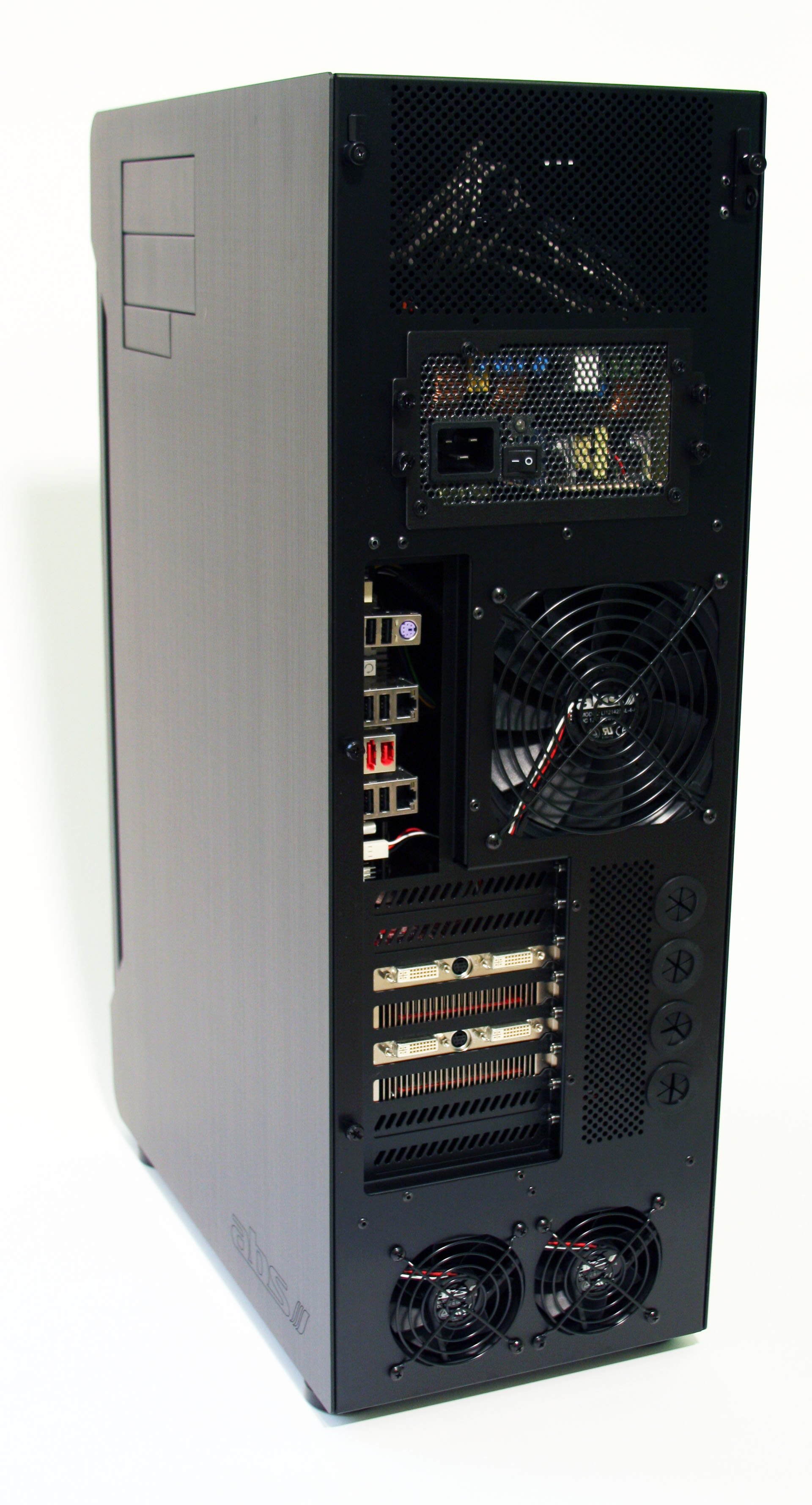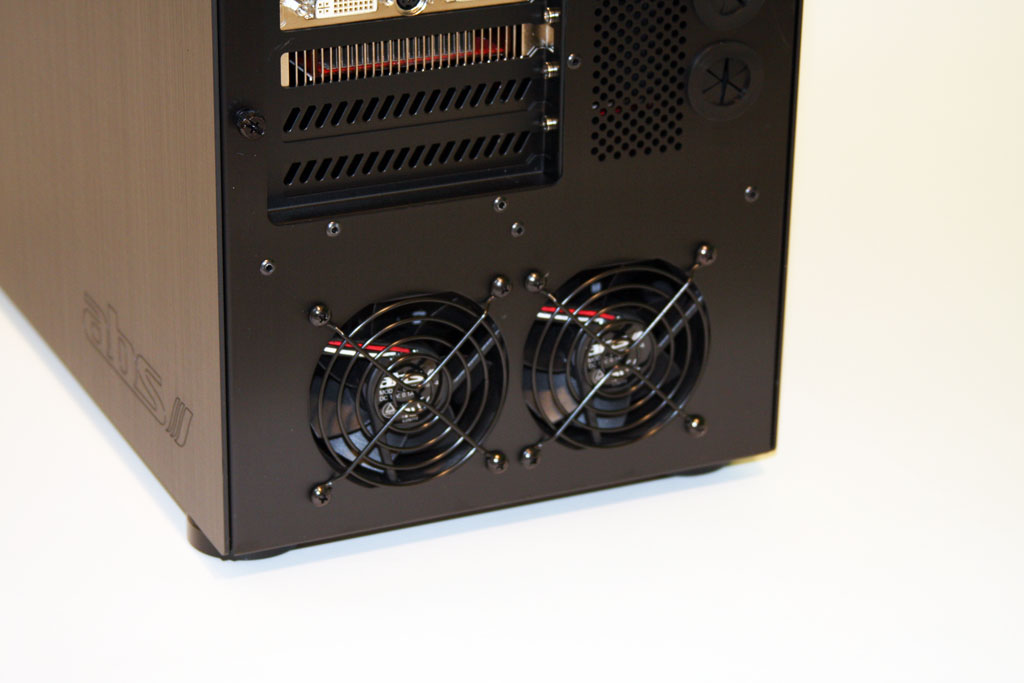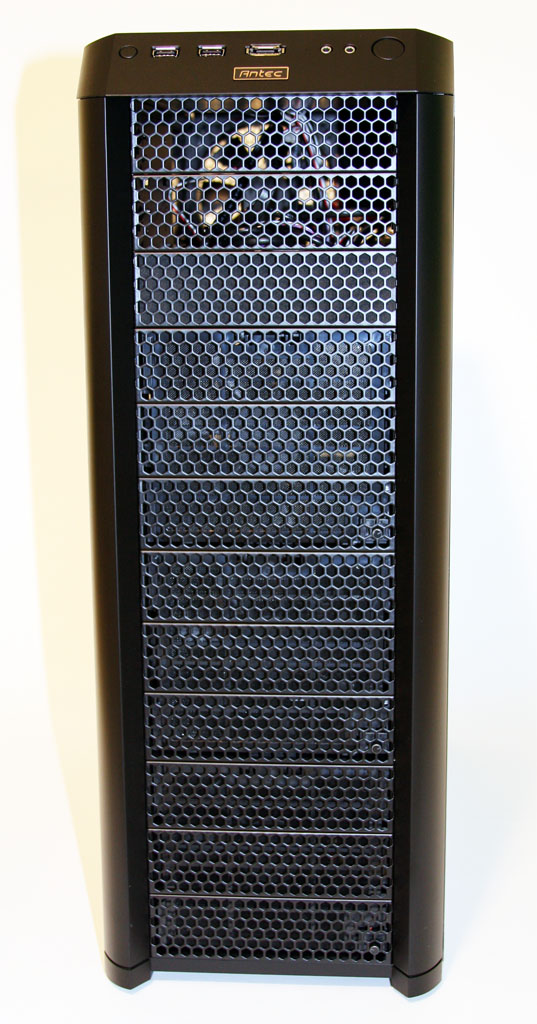Four Full Tower Cases From $150 To $600
Introduction
I make it no secret that I’m a fan of small form factor systems…as business desktops. When it comes to gaming, I’m more of a realist. Processors that dissipate 140 W just don’t do well in the confines of a cramped little box, nor do multiple graphics cards. Falcon Northwest managed to fit an Intel Core 2 Quad Q9650 and a pair of Radeon HD 4870 X2s in its FragBox QuadFire, showcased in our 2008 Holiday Buyer’s Guide. We didn’t have any stability issues with that configuration, but there’s no doubt that it ran hot—really hot. And at $4,000, you’re most definitely paying a premium for big muscle in a compact chassis.
Right now, the hot ticket—no pun intended—is Intel’s Core i7 platform. Overclocked, an i7 920 is actually a reasonable proposition. And with most of the X58-based motherboards we’ve seen supporting CrossFire and SLI, your choice for budget-oriented multi-GPU setups is more diverse now than ever before. So, in the interest of testing out some of the full tower chassis that’ve landed in our lab during the past three months, we’ll be loading each up with a complete Core i7 setup, a couple of Radeon HD 4870s, and an assortment of hard drives. We’ll build up each enclosure, take note of any snags that hamper our progress, measure acoustics, measure thermals, and compare design philosophies.
Just who, exactly, is on our dance card ? We have ABS’ Canyon 695, with its elegant looks and performance-oriented construction, Antec’s Twelve Hundred, with its 12 drive bays, seven expansion slots, and massive coolers, Cooler Master’s beefy HAF 932, able to accommodate eATX motherboards and up to seven expansion slots, and Thermaltake’s Spedo, armed with its optional Advanced Package, said to improve cooling and prevent hot air from being re-circulated.
prices range from $150 to $600, so there’s undoubtedly something for everyone. If you’re building a gaming box with hardware that really needs to breathe, you won’t want to miss this comparison.
Get Tom's Hardware's best news and in-depth reviews, straight to your inbox.
-
Proximon Thank you Chris, another very useful article. Not enough case comparisons around, as I'm sure you realized.Reply
I'll be sure to add the HAF to my recommendation list. I hadn't before because I thought all the extra holes would hinder cooling more than help. The hole in the MB tray sounds especially useful.
I would have liked to see on of the Cosmos cases included, although I suspect they are simply quieter but hotter. -
malveaux Nice article.Reply
Though, I'm curious. 40db+ isn't whisper quiet. That's freak'n loud. What's up with calling it whisper quiet? -
Pei-chen The three cheaper cases are powerhouses but too big and overkill for most people including gamers. I think the Antec's Three Hundred ($60 a few weeks ago on Newegg) suits the need for most people. 750w PSU are usually enough for SLI/Crossfire so 1000w+ aren't needed.Reply -
malveaux I'm curious when they will start releaseing more cases that have more depth, so that they have more room for today's much larger videocard solutions.Reply -
kubes Ya I agree that case designers should consider making them have more depth. With this in mind though i'm sure vidoe card manufactors will only make their card even longer however.Reply -
antiacid Good article. Now it gives a procedure and template to test other cases as well. It'd be great to have a review of cases which could be "best of" a certain category (cooling, noise, ease of use, weight, etc). It would be even nicer if the results were put in bullet point form and were setup in a table like the ones used in hdd/video card tables. That would make it a lot easier to compare everything.Reply -
avatar_raq I do believe that all the cases available in the market these days are poorly designed especially when it comes to air flow. You may notice that front fans, rear fans, buttom, side and top panel fans -when combined- cause turbulence in air flow that reduces the overall air flow. That's why I buy a cheap $25 case and modded myself!!!Reply
I have so many innovations regarding case designs that I hope someone buys them and excutes them in reality!! -
avatar_raq Here is one of my ideas...Reply
To put it plainly: air needs to be moved in one direction, preferably from down-upwards, since hot air tends to go upward by nature and the hottest part of any system (that's the GFX cards) is located at the lower part..Hence a PSU mounted at the upper part of the case (with its 120-140mm fan), with another 120mm top-panel exhaust fan and two 120mm buttom intake fans will be by far more efficient than all the available cases. To achieve this efficincy I close any other holes (even the ones the manufacturer meant for ventilation) so the air enters the case only from the buttom fans where I put dust filters to minimize dust inside my case. Furthermore I use a case with long "legs" to minimize inhalation of the dust at my desk's surface.
To minimize noise: I use
1.low RPM silent fans.
2.rubber washers between the fans and the case to minimize vibration noise.
3.cover all the interior surfaces with a layer of an insulator, that can be as simple as sponge!!!
4.even design external air ducts that divert the exhausted air (which carries the interior noise) to the back. -
avatar_raq Fortunately many aftermarket CPU and GPU coolers helped me. They can be installed in a way that the fan moves the air upwards. There is evidence that the setup I suggested above reduces -though marginally- the power consumed by the CPU and GPU fans to reach thier designated rpm and increases the lifetime of these fans, since instead of meeting resistance, the one directional air flow helps them.Reply



